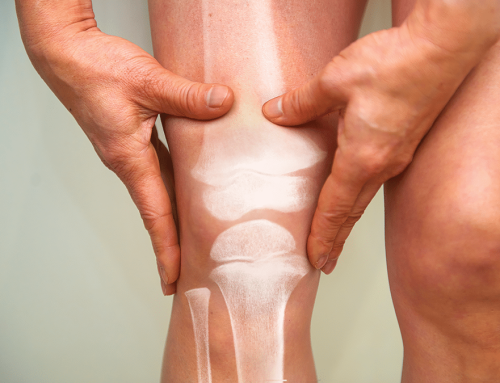By Michael Morefield
With a fur coat and limited cooling mechanisms, dogs can overheat in weather that many people think is a gorgeous Arizona day. Dr. Rebecca Bukowy of MD Petcare has seen more cases of heat exhaustion during the spring and fall months than in the summer. Even when it’s 70 degrees outside, the inside of a car can rise above 115 degrees in less than an hour.
On a beautiful 80-degree day, your dog can start to suffer heat stroke in less than 30 minutes inside your car. Mitigate heat exhaustion risks by walking early in the morning or late at night, carrying plenty of water for your pet, never leaving your dog in the car, and looking for warning signs of heat exhaustion. If your pet is excessively panting, lethargic, or has bright red or blue gums, immediately stop outdoor activities and slowly cool your pet down to avoid heat stroke. You may need to also seek veterinary assistance, as heat stroke is an emergency situation.
Got that SPF?
Thick coats of fur may overheat your dog, but short-coated dogs can suffer even bigger problems: skin cancer. Short or white coats, like on bully breeds, does not protect their skin from UV rays very well, which can cause different forms of skin cancer. Use a children’s or dog-friendly sunscreen, which is made for more sensitive skin, and avoid using an aerosolized sunscreen. Thick liquid sunscreens can be rubbed into their fur and onto their skin. A word of caution: make sure your dog doesn’t lick it off; it can make them sick. A quick rinse will wash off any excess at the end of your outdoor activities and keep them cool!
Water activities
If you’re looking to have outdoor fun with your dog as temps rise, think about games with a kiddie pool. Found at most stores for less than $20, small pools can fit on apartment patios and provide endless fun for your pup on a hot day. Find some healthy snacks around the house, such as carrots or apple slices, and throw them into the pool. Hunting for snacks in the water and using their problem-solving skills will mentally stimulate your dog, which is as important as physical exercise. Throw their favorite toys into the pool for a splashy game of fetch or wet their fur to cool them down. It may be the best $20 you spend all summer on your dog.
Escape the heat, but not the ticks
As more people and their four-legged family members escape up north for cooler temperatures, they may not realize they are exposing their dogs to hungry, disease-carrying ticks. The majority of dog owners in the valley do not use flea and tick treatment on their pets, but a simple monthly treatment can save them what could be thousands of dollars in medical bills. Tick fever, tick paralysis and blood borne diseases carried by ticks can infect your dog during one of your weekend outings in the woods. Some of these diseases are fatal but can be easily avoided with a pill or cream every month. Even outside of the summer months, owners should continue the treatments. One of the worst cases of tick borne illnesses at MD PetCare was a dog who lived in the Valley and never went farther than his backyard.
If it’s too hot for your hand…
Even if the temperature feels nice enough for a walk, asphalt can retain a lot of heat after sunset. Use the back of your hand to feel the ground. If you can’t leave the back of your hand on the ground for seven seconds, it’s too hot for your pup’s feet. If the air temperature is in the 70’s and 80’s, asphalt in the sun can be over 120 degrees, which can cause skin damage on the bottom of their paws. Booties are an option, but they do take extra training and should not be used as an answer to walking your dog when the outside temperature is too hot.
With the above safety tips, you and your dog can survive the Arizona summer with ease!
Michael Morefield is the marketing and communications director at Arizona Animal Welfare League, the oldest and largest no-kill shelter in the state.





